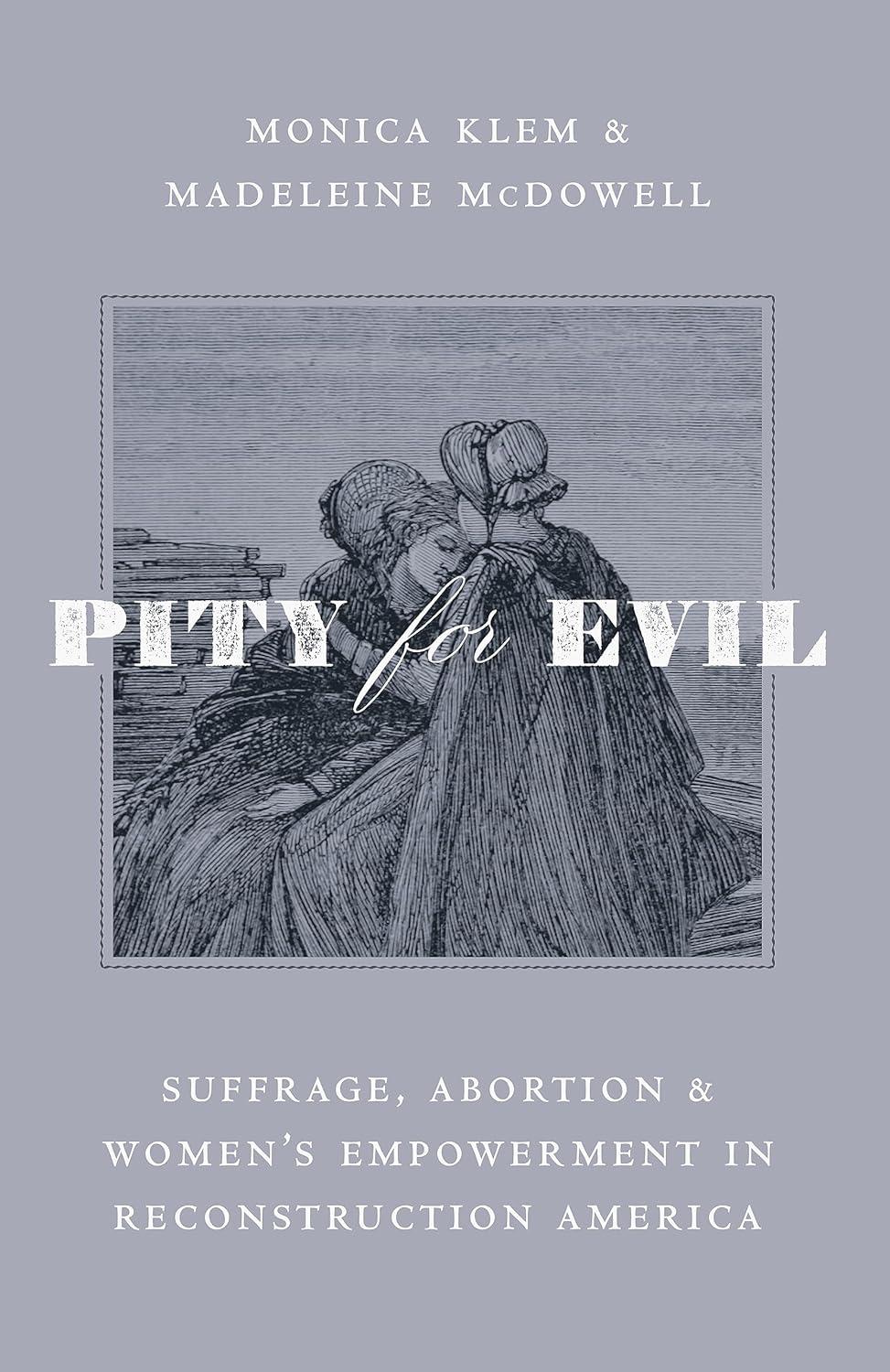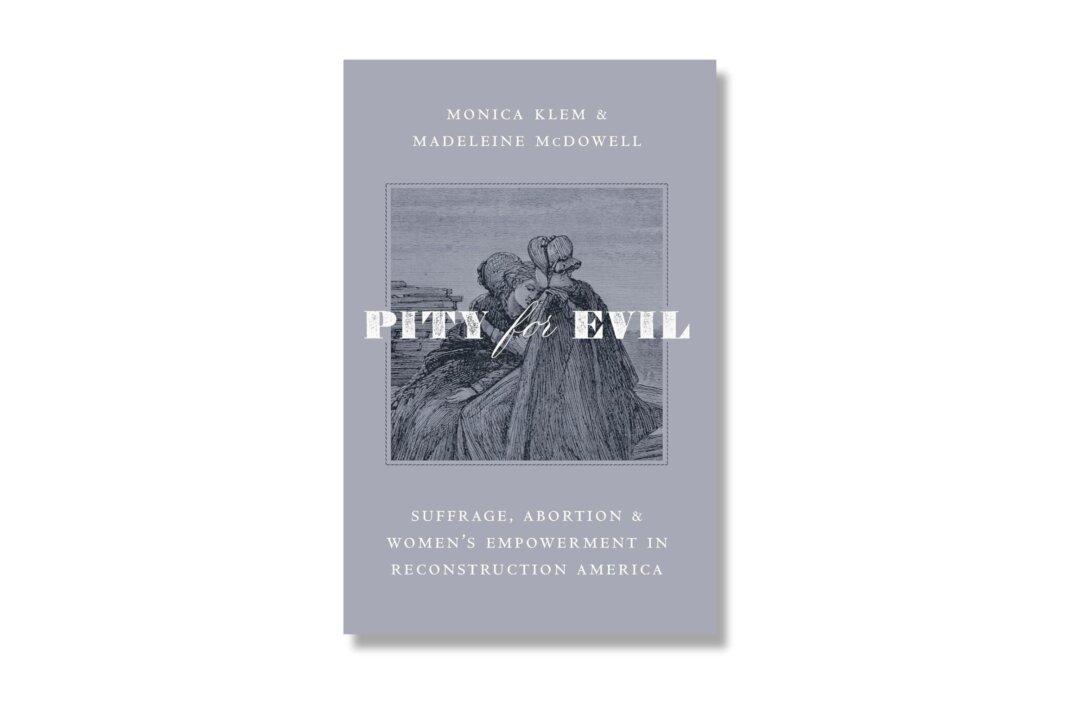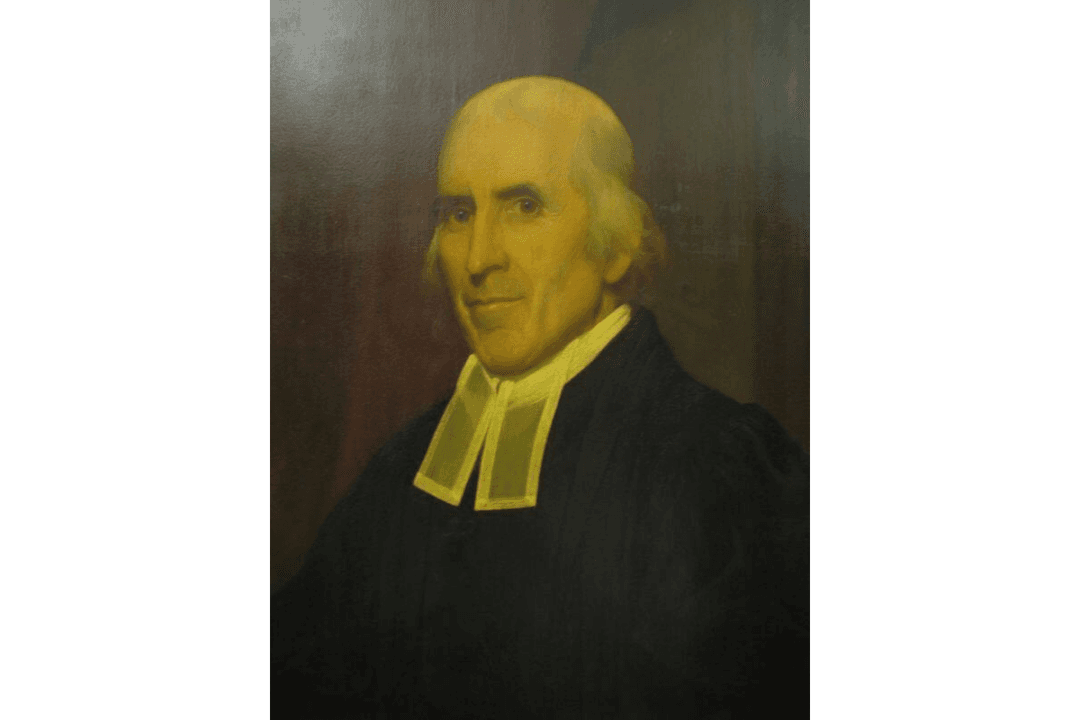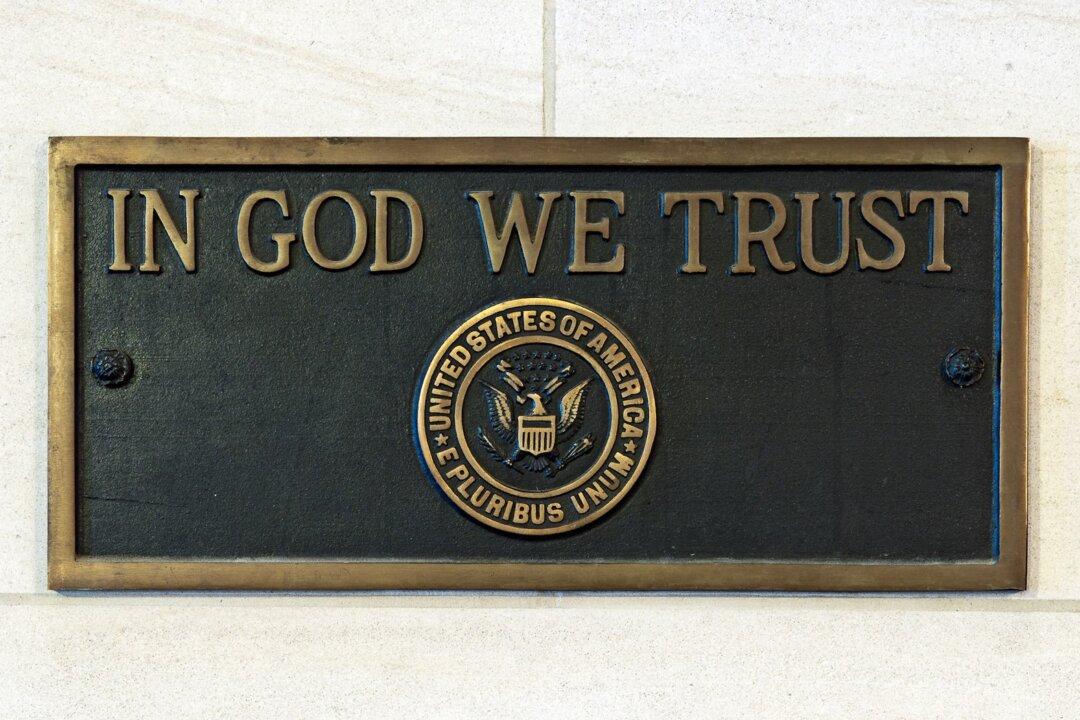Twenty-first-century abortion advocates have tied abortion to numerous causes, such as women’s empowerment and freedom of choice. The modern advocates echo the claims of women’s rights advocates of the 19th century’s pre-suffrage woman. They do so, however, ironically and tragically in reverse fashion.
Ms. Klem and Ms. McDowell prepare the reader for an extensive and scholarly work with their lengthy introduction. What follows is a social history lesson of Industrial Revolution-era America, specifically in Boston and New York City, concerning dismissed and forgotten Americans, and those who worked tirelessly to help and defend them. Among the tireless workers were the writers and editors of The Revolution magazine, led by Susan B. Anthony, Parker Pillsbury, and Elizabeth Cady Stanton.
The authors explore how in the magazine “abortion and infanticide were the example par excellence of women’s degradation and demonstrated the ill effect that women’s low standing in the family, the church, politics, and law had had on their knowledge, moral development, and independence.” But in “Pity for Evil,” we see more than just The Revolution’s accounting. It proves to be the nation’s, from the medical community to the church to the family unit.
The book begins with an 1857 murder case of a girl who died due to a botched abortion. It is an inventive way to hook the reader, but there is a deeper reason for the anecdote. The case resulted in guilty verdicts for the two accused of the girl’s death, but the defendants were acquitted after an appeal. It introduces the bigger question about pre-suffrage abortions: Who is the culprit behind these crimes? Who are the victims?
The answers are multifaceted and the authors do not shy away from that assessment. Yet they don’t take a specific stance. Rather, they present opinions from a vast assortment of contemporary commentaries, medical and social studies, and religious publications.
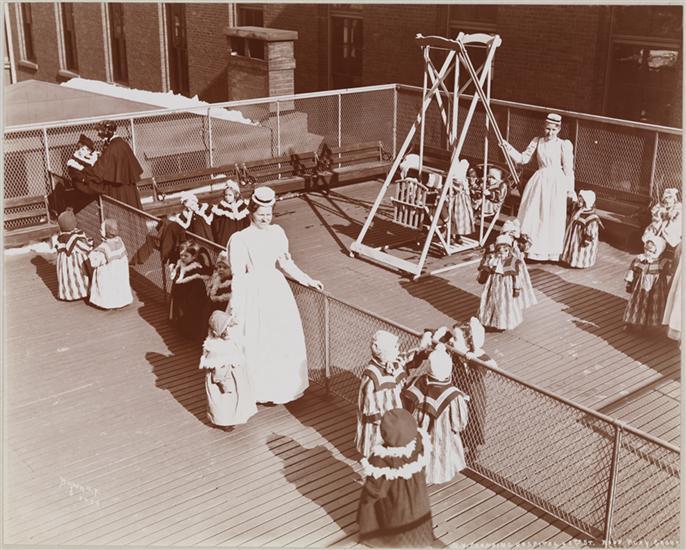
Modern Reminiscences
I was surprised to discover how often the topic of abortion found its way into 19th-century newspapers and magazines. Considering that these conversations were taking place during the Victorian era, I was under the impression that the topic was taboo. The conversations ranged from how to help “unmarried” and “friendless” pregnant women to how to care for the often illegitimate children; and from what role the church, government, or both should play in the humanitarian crisis to what role the media should play in denouncing abortion and the abuse of destitute women, as well as the inevitability of promiscuity.Interestingly, the issue of advertising was also part of the debate. The Revolution refused to run advertisements for abortionists or “quack doctors,” while other major publications provided space for such ads, even if the publication was religious or denounced abortion. The Revolution writers suggested that such hypocrisy only contributed to the problem of abortion and that the publications “should be arraigned and condemned by public opinion, and made to feel the keen edge of public censure in loss of patronage and circulation.”
The duplicity of Reconstruction and Industrial-era publications is reminiscent of 21st century publications. The call for economic sanctions via public censure is also pertinent. I’m reminded of a quote from the great advertising executive John Caples: “Times change. People don’t.”
Words Into Action
The 19th-century advocates did not merely vocalize their concerns about women and their disapproval of society’s ills. They established organizations and charities that put their words into action. Ms. Klem and Ms. McDowell follow the rise of American infant asylums and institutions that assisted struggling mothers. These late 19th-century organizations, such as the Massachusetts Infant Asylum (MIA) and Society for Helping Destitute Mothers and Infants (SHDMI), were established in order to combat the high infant mortality rates in orphanages and foundlings, at times reaching as high as 95 percent. Frank Sanborn, secretary of the Massachusetts Board of State Charities and a founder of the MIA, summarized the institutions’ mission: “To us, all these little ones to whom their Heavenly Father has given a living soul are worth saving. It is for God to determine whether they shall live or die; it is for us to see that they do not die through any fault of ours.”A Change in Course
“Pity for Evil” charts the progress made through wealthy parties’ contributions, church and government assistance and commentary, the establishment of more reputable facilities (such as the MIA), and the uptick in women’s involvement in the medical community. The latter helped make inroads toward women’s suffrage and emboldened women to discuss their necessary place at the table of politics and law. Cumulatively, more unmarried and desperate pregnant women found help and the infant mortality rate decreased.However, another form of “progress” altered the decades-long course that these advocates fostered. At the turn of the 20th century, the psychology and medical community orchestrated the eugenics movement. As the authors suggest, this course change can be exemplified by SHDMI’s altered mission statement. Originally, it mentioned assisting “a mother to retain her infant in her personal charge, when for want of such temporary aid she might be forced to place it in an institution or give it up for adoption.” The statement was changed to “helping an unmarried mother to keep her infant in her personal care, provided her character and mentality made her a suitable guardian for the child.”
Topical, Yet Scholarly
Upon receipt of this book for review, I considered disregarding it. Books on hot-button issues often have egregious biases that compromise their scholarship. Therefore, I started at the back of the book and sifted through its Endnotes. The sources cited were exhaustive and contemporary, suggesting strong scholarship and thorough historiography—“Pity for Evil” proved the suggestion accurate. It is a moving book that dissects an oft-overlooked and avoided chapter in American history. Ms. Klem and Ms. McDowell have created a well-written work of historical significance.